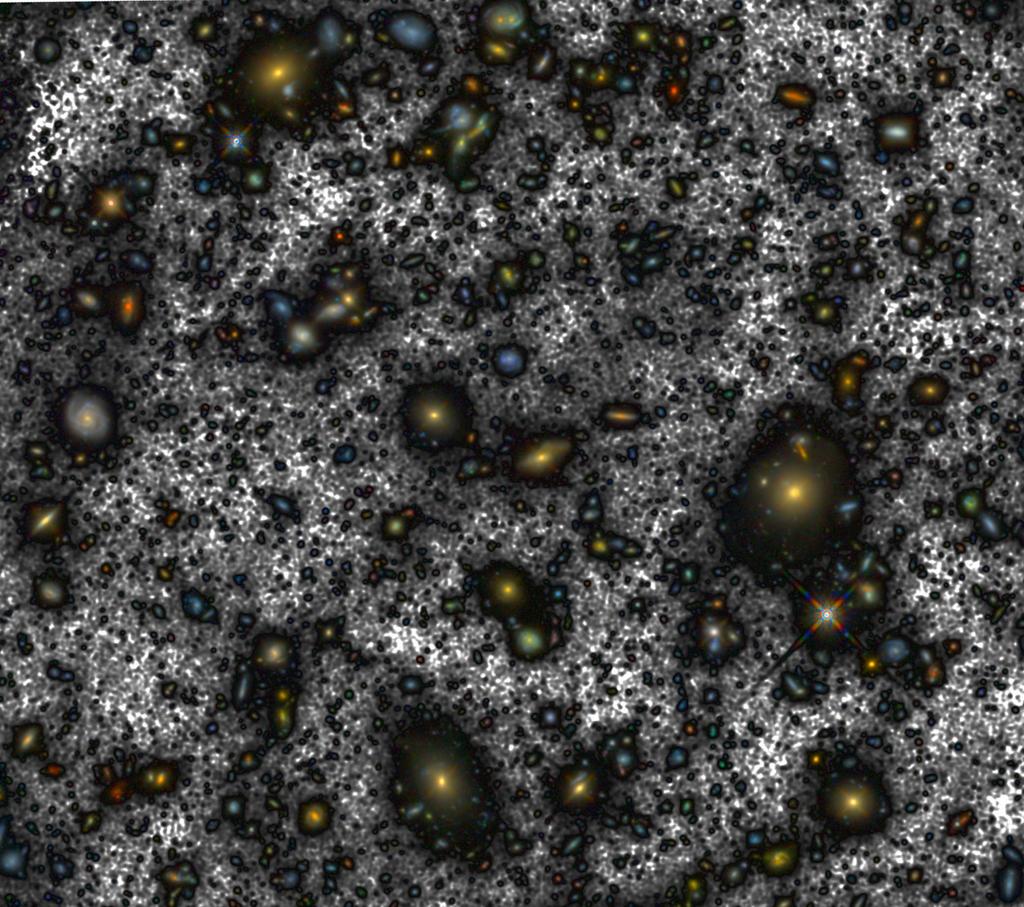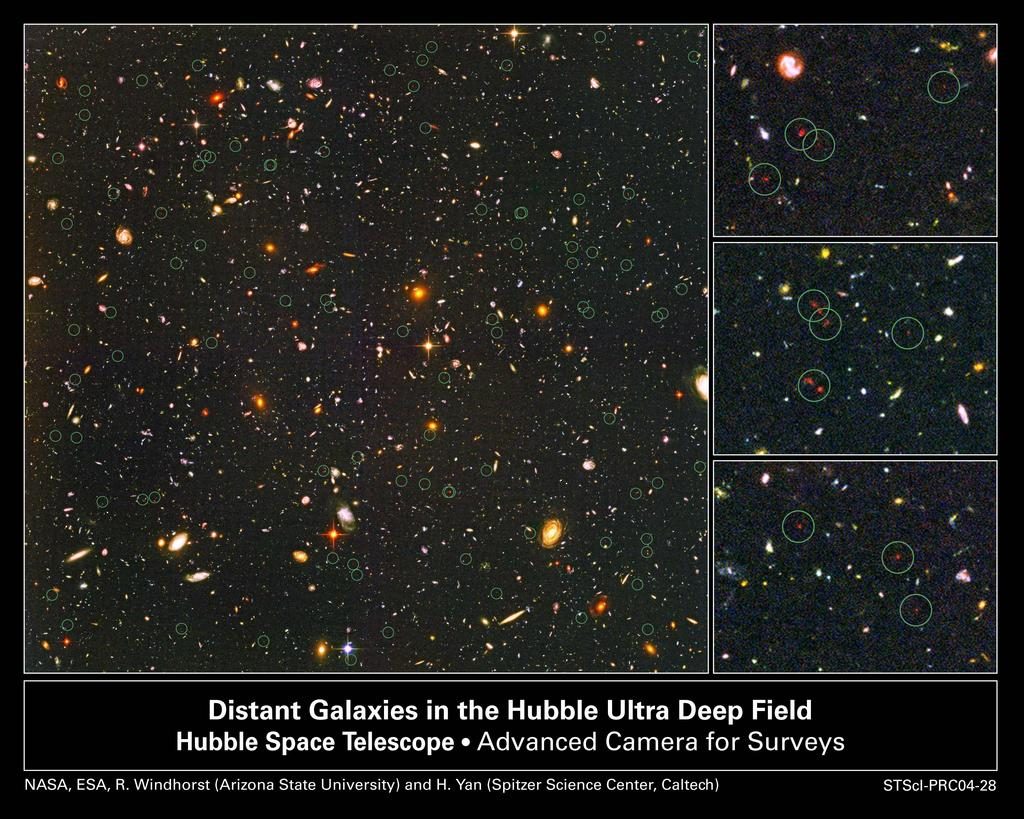
ALWAYS FURTHER – The Hubble Space Telescope still offers us breathtaking views of the cosmos. This is the “deepest image of the universe from space”.
Never had Man seen so far (and so soon) in the Universe. The Hubble Space Telescope, launched on April 24, 1990 aboard the Discovery Shuttle, revolutionized astronomy. For almost 29 years, this “paparrozo” of the cosmos, remote controlled from the Earth, scrutinizes the celestial sphere and provides images that have allowed to greatly evolve our knowledge. Like this new shot, which is presented as being “the deepest image of the Universe since space”, published Thursday, January 24 in the journal Astronomy & Astrophysics .
It is the work of a team of scientists led by Alejandro Borlaff, Institute of Canary Astrophysics (IAC). Researchers used image processing techniques to “lighten” the dark areas of a Hubble Ultra Deep Field project picture (Hubble’s ultra-deep field in French), including the original version. 2004. This deeper view highlights previously invisible areas of space, including the latest version published in 2012 by the Hubble team and considered until now as the most distant image of the cosmos.

It would be wrong to think that space telescopes take directly exploitable snapshots. In reality, this image was made from an assembly of several hundred photos taken using the Wide Field Camera 3 (WFC3) technology, installed in 2009 on the space telescope. In particular, it makes it possible to take images including the capture of ultraviolet radiation.
Alejandro Borlaff’s team worked for three years to design this image. The latter is targeting a specific point in our Universe, south of the Fourneau constellation, and has required no less than 230 hours of exposure time, says Alejandro Borlaff in a statement . In all, no less than 10,000 galaxies are visible. Beyond its beauty, this new image offers an incredible playground for astronomers.
Galaxies as they were 13 billion years ago
Because “To look far is to look early”, according to the famous formula of astrophysicist Hubert Reeves. The more Hubble looks in the depths of space, the longer it goes, since light takes billions of years to cross the visible Universe. Hubble is a powerful “time machine” that allows astronomers to observe galaxies as they were 13 billion years ago, 600 to 800 million years after the Big Bang.
Hubble has recently suffered several breakdowns, but NASA and the European Space Agency (ESA), which jointly manage it, believe that the aircraft will continue to operate until at least 2025.

